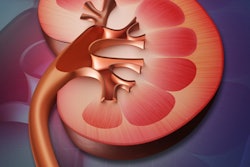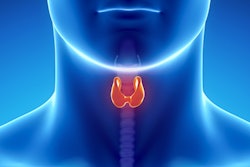Dear Ultrasound Insider,
Point-of-care ultrasound (POCUS) is lauded for its flexibility, portability, and relative ease of operation, even in the hands of novice users. In this edition of the Insider, we're highlighting a study that offers further evidence of the modality's benefits.
University of Ottawa researchers found that medical students can identify more abdominal aortic aneurysms (AAAs) using POCUS than experienced vascular surgeons do via physical exam. Learn more in our Insider Exclusive. The study could have major implications in terms of how AAA screening is performed.
After you've read our featured article, take a look at what else is going on in the Ultrasound Community:
- Learn why it's crucial for women who have experienced cesarean delivery to have an ultrasound scan before undergoing any gynecologic procedures such as dilation and curettage, endometrial biopsy, or insertion of intrauterine devices.
- Can artificial intelligence software measure carotid intima-media thickness better than sonographers can? Check out what researchers from the National Institute of Technology Goa in India discovered.
- Which modality works best for diagnosing kidney stone disease: digital tomosynthesis, ultrasound, or the current reference standard of multidetector-row CT? The answer may surprise you.
- Are ultrasound guidelines established by the American College of Radiology effective for identifying pediatric patients who should be biopsied for thyroid cancer? A team from Loyola University in Chicago says yes.
- Find out why lung ultrasound finds more cases of pneumonia in children and young adults than chest radiography does.
If you have a comment or report to share about any aspect of ultrasound imaging, I invite you to contact me.




















